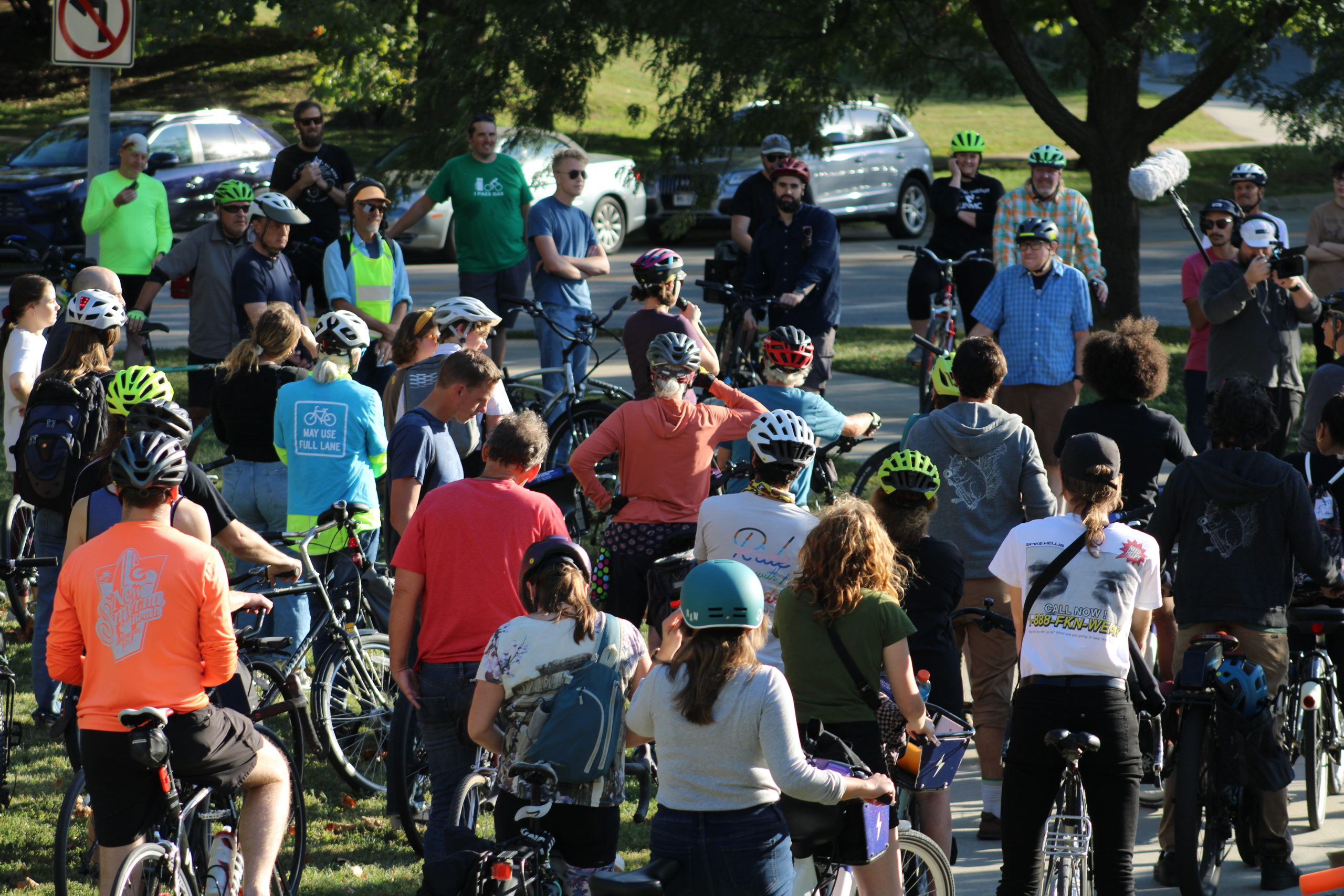For our June Coffee Chat, we’re crossing the river, so to speak, and have invited Brandon Garrett, Director of Community Development for the City of Council Bluffs. He will be talking about the FIRST AVE project. The Coffee Chat is Friday, June 19th at 8 a.m. on Zoom, and you can register for the event at this link.

Brandon Garrett is originally from Great Bend, Kansas. He has a degree in Geography from Kansas State University with a minor in Regional and Community Planning. He has a master’s degree in Community and Regional Planning from the University of Nebraska-Lincoln. He is a Certified Public Manager and an AICP certified planner. Brandon has worked in the non-profit, private, and public sectors since 2004. He was a long range planner for the City of Lincoln for eleven years and has been the Director of the Community Development Department for the City of Council Bluffs for the last three years.
We asked Brandon Five Questions.
1. What is a brief summary of the First Avenue Project?
First Avenue, a former railroad corridor, is a 66’ wide right-of-way stretching from I-29 in the west to Indian Creek in the east. It is one block south of West Broadway and represents an opportunity to link downtown Council Bluffs with downtown Omaha and all points in between. Roughly 30% of Council Bluffs residents live within a half mile of First Avenue. The corridor is lined with businesses along West Broadway, destinations such as Thomas Jefferson High School and Cochran Park, and numerous opportunities for mixed-use and multi-family residential redevelopment.
“FIRST AVE” is an acronym that stands for Furthering Interconnections, Revitalization, Streetscapes, Transportation, and Aesthetics for a Vibrant Economy.
2. How will First Avenue change the transportation environment in Council Bluffs? The broader metro area?
The trail in 1st Avenue will be 12’ wide and runs parallel to and one block south of West Broadway, CB’s main east-west corridor (former Highway 6). The corridor links downtown CB to downtown Omaha. The corridor is also being studied for transit which could ultimately link the medical centers in Council Bluffs to downtown Omaha and UNMC. That vision could link tens of thousands of jobs and over 50,000 people within walking distance of the corridor on both sides of the river.
3. What can Omaha do to enhance or complement the First Avenue project as we make our own development toward the river?
The greatest river cities have multiple linkages. There are relatively few crossings of the Missouri River. There are tremendous redevelopment opportunities in Council Bluffs in very close proximity to the river and downtown Omaha—that should be factored in when planning for future growth.
4. What can First Avenue demonstrate about how to build the city of the future?
We are focused on higher densities and mixed use built around a “multi-modal” corridor. Whether people choose to get from place to place by foot, bike, scooter, car, bus, or streetcar, expanding these mobility choices improves quality of life.
5. If you could magically change one thing in the metro area, or Council Bluffs in particular, with regard to transportation — without concern for cost or political will — what would it be?
In regards to transportation, I think it is difficult. OK—ignoring all impossibilities of cost and politics…. There are not enough pedestrian/bike crossings of the Missouri River to unite the communities. The Bob Kerrey Bridge is a great start, but the next opportunity for a pedestrian to cross is about four miles to the south at Veteran’s Memorial Highway. In addition, our metro area crosses two states. It would be great if we had a public transportation system (bus, BRT, and streetcar) that had “authority” across city, county, and state lines to best serve the whole metro equitably. The way it works now for CB is we separately contract for bus service with Metro. I have not looked at the numbers, but my assumption is that CB disproportionately pays for public transportation in relation to our share of the metro area population or more specifically, people living in poverty in this metro. In addition, what we pay for is not impressive in terms of cost versus ridership, leading many to question its value to the community. In order to form a more equitable public transportation model, the cost burden of the provision of public transit service should be spread out across the whole metro.


